Huge study of fossilised dinosaur poo reveals how beasts came to rule the earth
Hundreds of bromalites were examined in the study
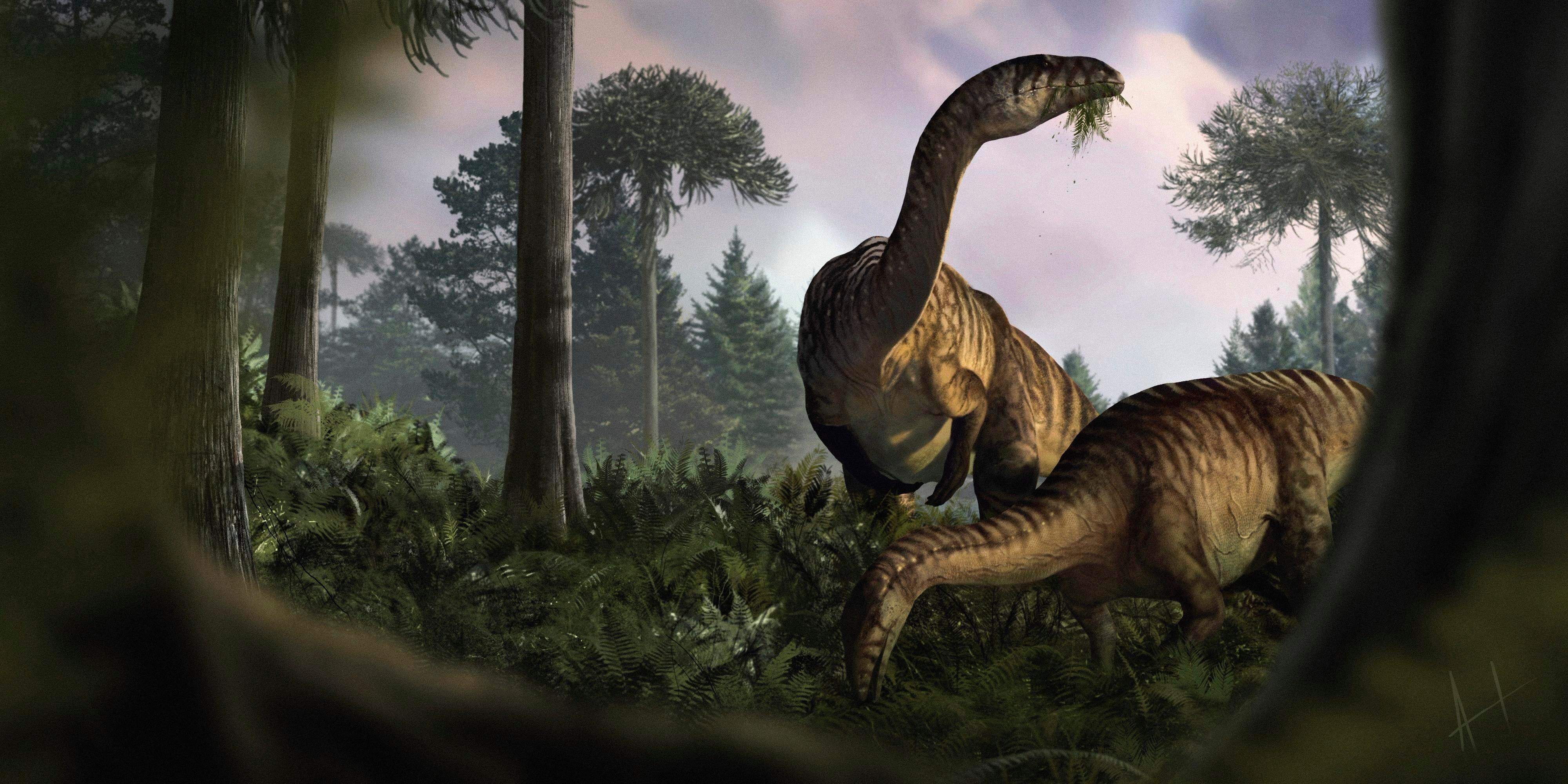
Your support helps us to tell the story
From reproductive rights to climate change to Big Tech, The Independent is on the ground when the story is developing. Whether it's investigating the financials of Elon Musk's pro-Trump PAC or producing our latest documentary, 'The A Word', which shines a light on the American women fighting for reproductive rights, we know how important it is to parse out the facts from the messaging.
At such a critical moment in US history, we need reporters on the ground. Your donation allows us to keep sending journalists to speak to both sides of the story.
The Independent is trusted by Americans across the entire political spectrum. And unlike many other quality news outlets, we choose not to lock Americans out of our reporting and analysis with paywalls. We believe quality journalism should be available to everyone, paid for by those who can afford it.
Your support makes all the difference.A study of fossilised faeces and vomit has revealed how dinosaurs came to rule the earth.
While the way the dinosaurs relinquished their long dominance is well known - an asteroid struck Earth 66 million years ago, triggering a horrific mass extinction - the way the dinosaurs came to supremacy is less well understood.
Until now.
New research that relied heavily on feces and vomit - evidence of who is eating what and who is eating whom - provides new clarity on how dinosaurs bested the competition during the Triassic Period. The study focused on a region in Poland with extensive fossils from this pivotal time.
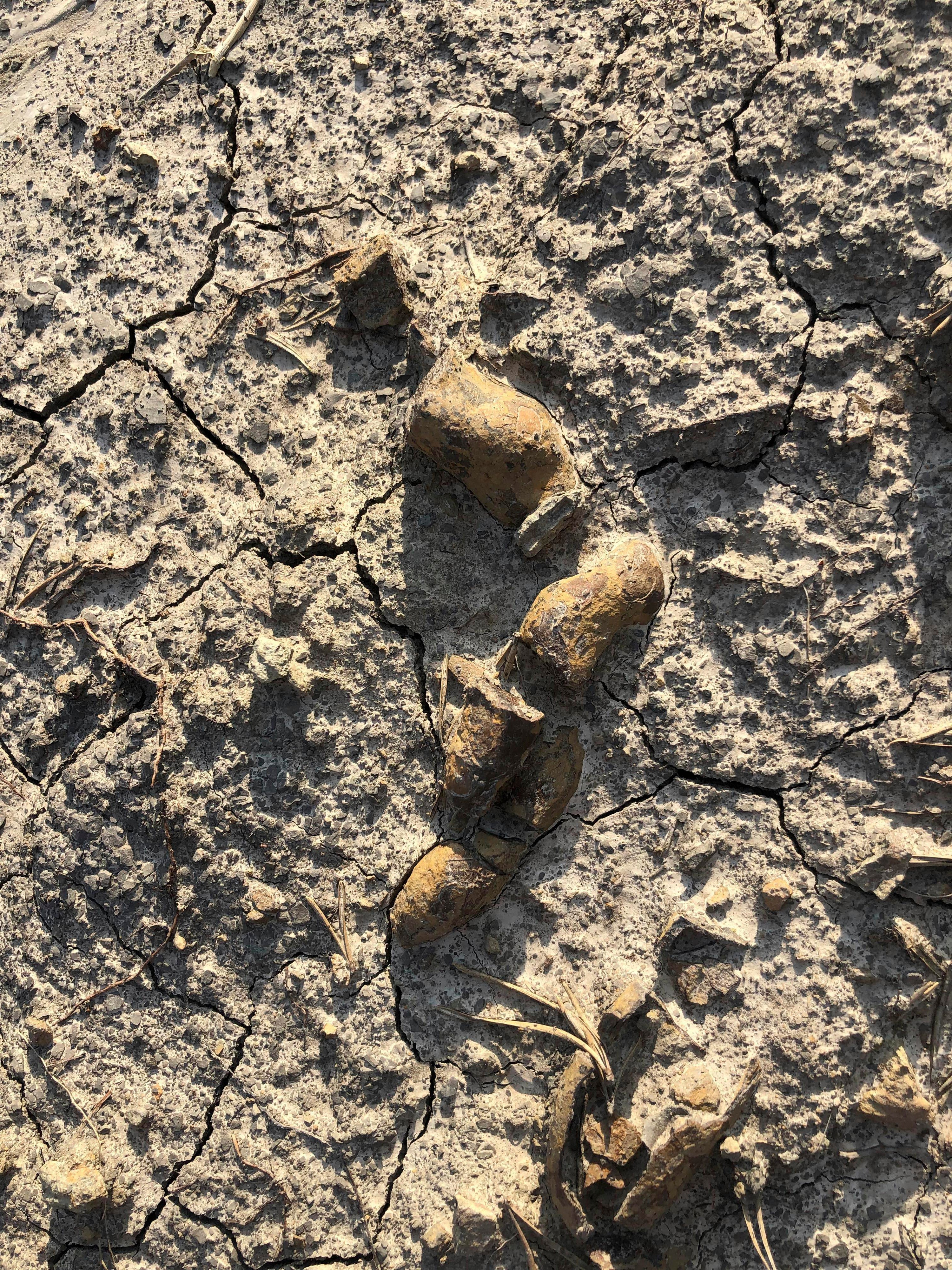
First appearing roughly 230 million years ago, dinosaurs were originally overshadowed by other animals like large crocodile relatives - both terrestrial and semi-aquatic - and various plant-eaters including elephant-sized ones related to mammals and four-legged armored reptiles. By about 200 million years ago, dinosaurs reigned, their main competitors extinct.
“We approached the rise of dinosaurs in a completely novel way. We analysed feeding evidence to deduce the ecological role of dinosaurs across their first 30 million years of evolution,” said paleontologist Martin Qvarnstram of Uppsala University in Sweden, lead author of the study published on Wednesday in the journal Nature.
The earliest dinosaurs and close relatives were opportunists, eating foods including bugs, fish and insects. Subsequently, larger and more specialised dinosaur predators evolved along with herbivorous dinosaurs apparently better adapted than competitors to exploit new plants that arose when the climate became more humid.
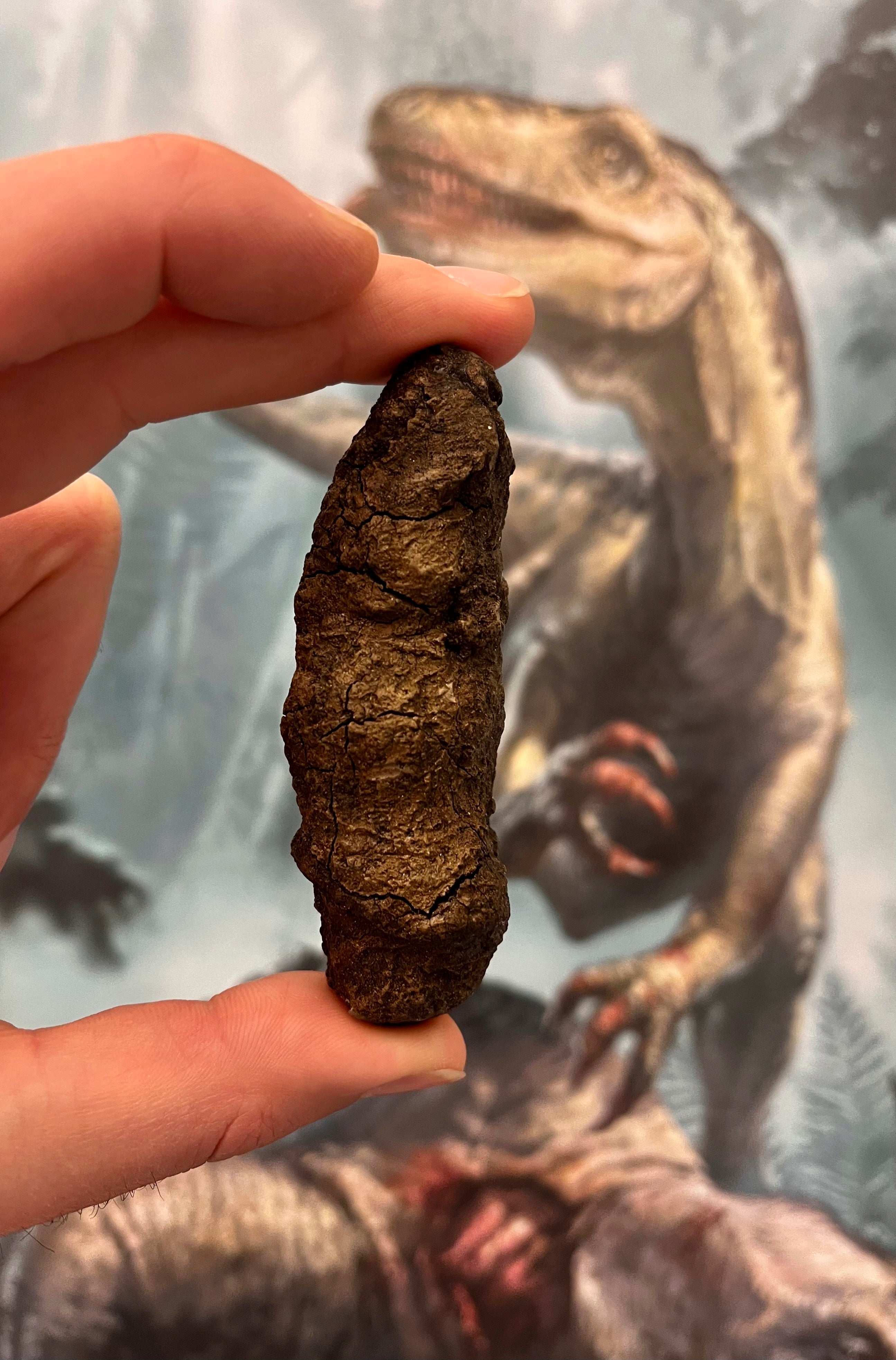
Feces fossils are called coprolites. Vomit fossils are called regurgitates. Together they are called bromalites.
By examining undigested food - plants and prey - in bromalites, researchers can discern feeding patterns of various species and reconstruct an ecosystem’s food webs.
Hundreds of bromalites were examined, primarily coprolites.
“We studied over 100 kilograms (220 pounds) of fossilised feces,” said study senior author Grzegorz Niedawiedzki, a paleontologist and geologist at Uppsala University and the Polish Geological Institute.
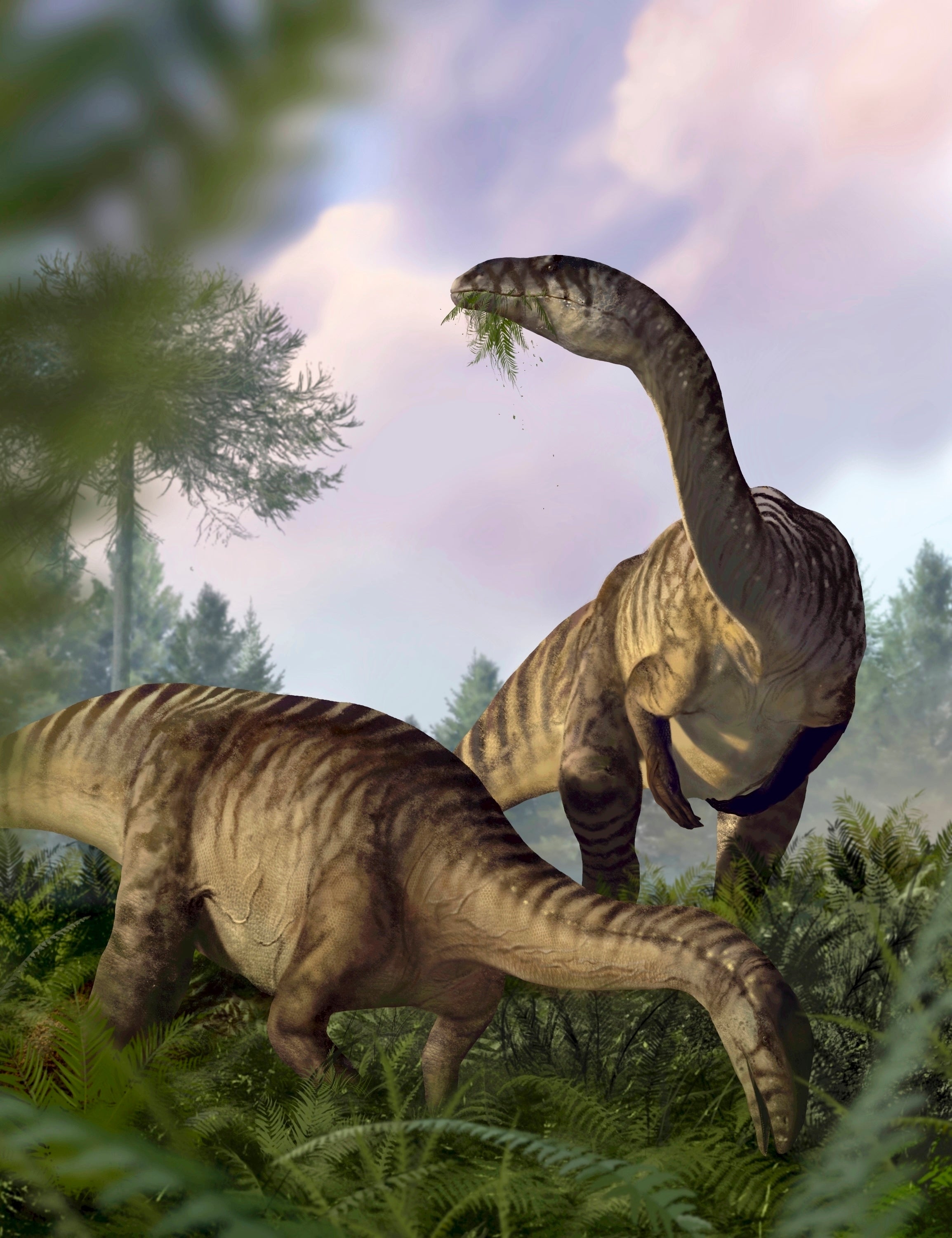
Skeletal fossils and footprints showed what animals were present at a given time. And the researchers deduced who produced a given coprolite based on factors including its size and shape, the type of undigested food and the nature of the digestive systems of living relatives of these extinct animals.
Take, for example, the 20-foot-long (6-meter) four-legged meat-eater Polonosuchus, a type of reptile called a rauisuchian that was related to crocs and was an apex predator alongside the early dinosaurs.
“We know that today’s crocodiles and alligators digest food for a long time and thoroughly. In their feces, undigested bones are very rarely found. Such coprolites - large, sausage-shaped, with highly digested mass - we found in a site where bones of Polonosuchus were also found,” Niedwiedzki said.
“In contrast, in sites where there were bones and tracks of predatory dinosaurs, we found coprolites containing a lot of undigested remains. Some of them are full of pieces of bones, fish remains, and there are also teeth. You can see that all this passed through the digestive tract quickly and was not digested in the crocodile way,” Niedźwiedzki added.
Early members of the dinosaur evolutionary lineage were omnivorous, like 7-foot-long (2-meter) Silesaurus.
“The first dinosaur relative in the area, Silesaurus, was an opportunistic little thing that ate bugs, fish and plants. Some of the insects were amazingly well preserved,” Qvarnstram said.
Big herbivorous and carnivorous dinosaurs began appearing late in the Triassic, which ended 201 million years ago.
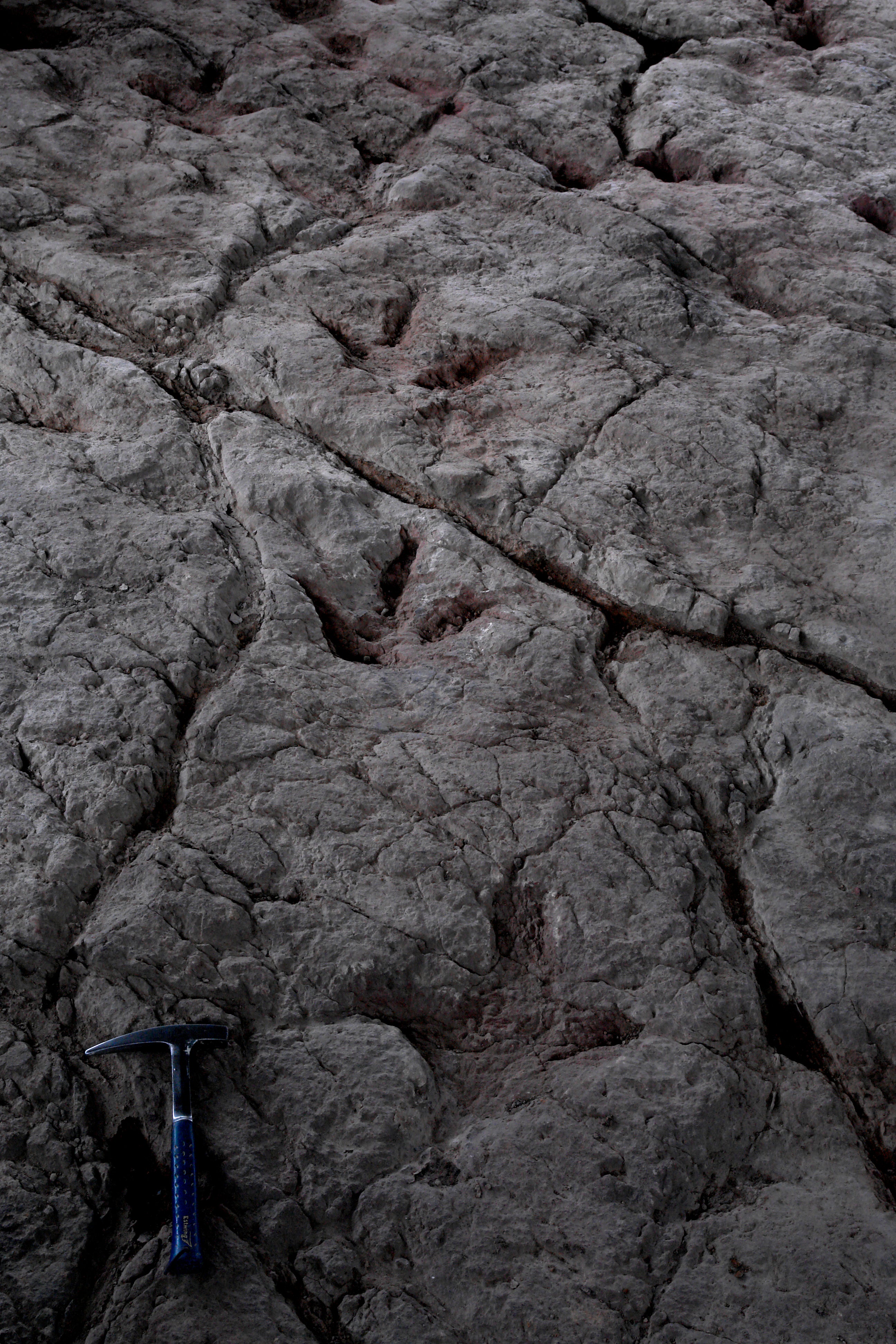
Environmental changes linked to Earth’s increased volcanic activity precipitated a wider range of plants that ever-larger herbivorous dinosaurs exploited. This proliferation of big plant-eating dinosaurs encouraged the evolution of larger carnivorous dinosaurs.
The large non-dinosaur meat-eaters disappeared before the start of the subsequent Jurassic Period, completing the transition to dinosaur dominion. By 200 million years ago, meat-eating dinosaurs 26 feet (8 meters) long were present, alongside plant-eating dinosaurs 33 feet (10 meters) long.
Smok, a 20-foot-long (6-meter) strong-jawed carnivorous dinosaur relative, lived about 210 million years ago. Coprolites showed Smok’s predilection for bone-crushing, obtaining nutritious marrow in a feeding trait associated with much later dinosaurs such as Tyrannosaurus.
The coprolites of herbivorous dinosaurs offered surprises.
“Another interesting and very mysterious discovery was the finding of geochemical signals in the coprolites from burnt plant remains, as well as pieces of charcoal. Did the dinosaurs eat charcoal from burnt plants? Ferns, whose remains are in coprolites, may be toxic, and the charcoal may have neutralized these toxins,” Niedzwiedzki added.
Join our commenting forum
Join thought-provoking conversations, follow other Independent readers and see their replies
120Comments